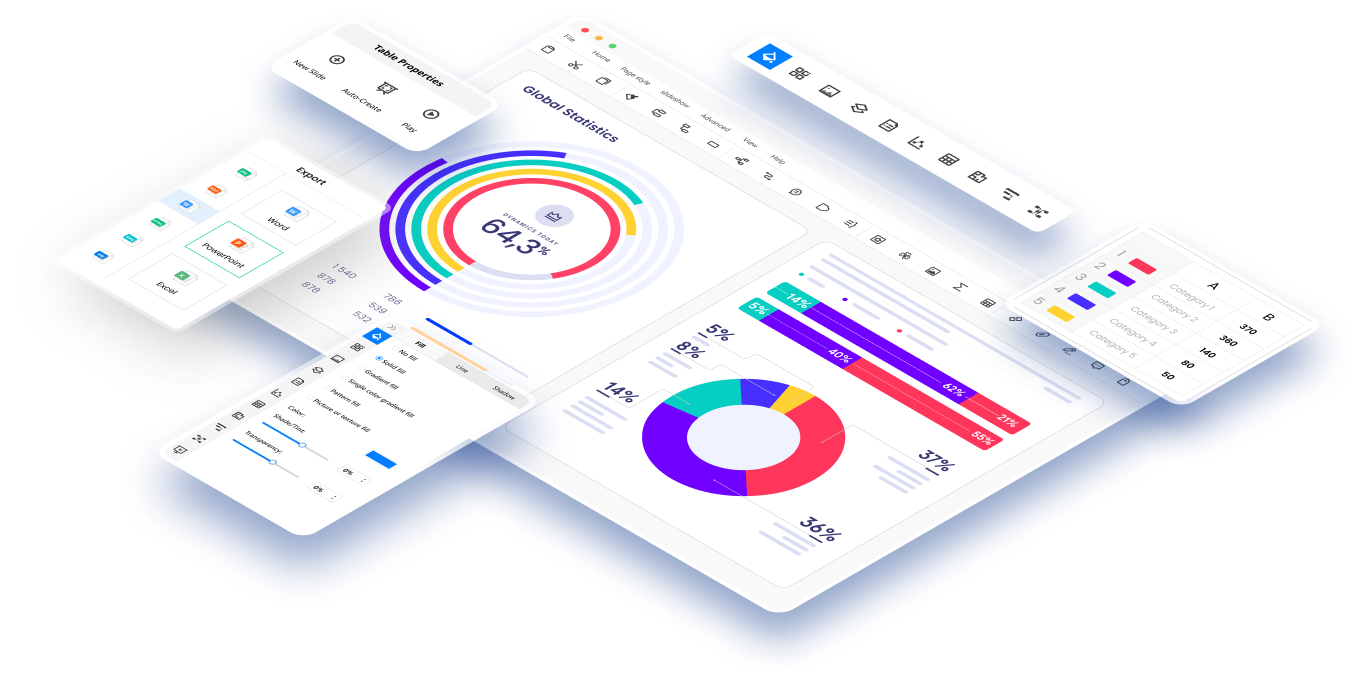An effective enterprise risk management program is crucial for organizations to identify and mitigate threats in a complex business environment. It requires an integrated approach to risk analysis across the enterprise, including developing risk frameworks, methodologies for assessment and auditing, and consulting leaders on appropriate response measures.
By implementing ongoing processes to anticipate vulnerabilities, minimize exposures, and build resilience through strategic plans, organizations can take a proactive stance to manage risks and create value.
In this article
Part 1. What is an Enterprise Risk Framework
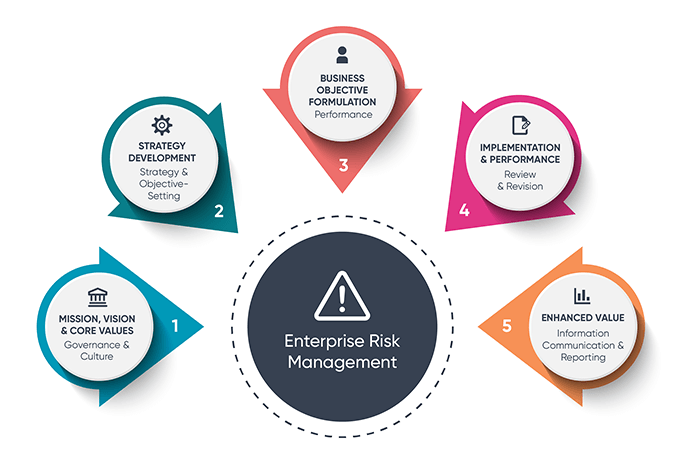
An enterprise risk framework is a comprehensive set of policies, processes, and procedures used to identify, assess, manage, and monitor risks across an organization. It provides a holistic, strategic approach to risk management by establishing risk criteria, determining impacts and likelihoods, developing risk registers, assigning ownership, and embedding risk analysis into decision-making.
An effective framework promotes a risk-aware culture, aligns risk management with goals, reduces surprises, and helps organizations act proactively to mitigate threats.
Part 2. Role of Enterprise Risk Assessment
The role of enterprise risk assessment is to:
- Systematically identify risks across the organization using techniques like surveys, workshops, and data analysis.
- Evaluate the likelihood and potential impact of identified risks using both quantitative and qualitative methods.
- Determine risk owners and priorities based on severity ratings and risk interdependencies.
- Maintain a risk register detailing risk causes, probabilities, impacts, owners, and mitigation plans.
- Provide input to the executive team and board on risk exposures, risk appetite, and recommendations for responding to top risks.
- Monitor and review risks continually to detect changes in organizational exposures.
A robust enterprise risk framework provides the foundation for effective risk management across the organization. Key components include:
- Risk governance structure with defined roles and responsibilities.
- Standardized risk criteria and methodologies for assessment.
- Enterprise Risk registers detailing identified risks, causes, impacts, and owners.
- Prioritization scales indicate risk severity and responses.
- Risk reporting requirements and communication plans.
- Risk monitoring procedures and key risk indicators.
- Ongoing training in risk awareness and risk management techniques.
Part 3. Types of Enterprise Risks
Organizations face both internal and external risks that can impact operations, goals, and competitiveness. Major enterprise risk categories include:
- Strategic - Risks to high-level objectives and growth plans.
- Financial - Risks related to financial reporting, liquidity, credit, or market volatility.
- Operational - Risks within key business processes, continuity, and infrastructure.
- Compliance - Failure to adhere to laws, regulations, and rules.
- Reputational - Risks that may damage brand, credibility, or public trust.
- Technology - IT security threats, system failures, or disruptions.
- Human Capital - Risks related to workforce, capacity, and culture issues.
As risks grow more complex, organizations need external expertise to complement internal risk management. Enterprise risk consulting provides an objective, independent perspective to identify vulnerabilities that may be overlooked internally. Consultants use proven risk frameworks and benchmarking data to evaluate risk exposures relative to industry peers.
The risk consultants are experienced in enterprise risk analysis techniques and can provide advice on improving risk assessment, quantification, and integration of risk management into strategic planning. Their insights strengthen risk governance and help build a risk-aware culture.
Part 4. Visualizing Safety: Creating a Risk Management Diagram Using EdrawMax
Visualizing enterprise risk management frameworks is key to clearly communicating risk processes and responsibilities across the organization. EdrawMax intuitive drag-and-drop interface enables risk teams to easily create engaging risk management diagrams that align with industry standards.
With thousands of built-in shapes and templates, EdrawMax empowers users to efficiently map out risk programs, including governance structures, assessment methodologies, reporting flows, and mitigation strategies. Advanced features like data linking and real-time collaboration help bring enterprise risk diagrams to life.
Here are the steps to create a simple enterprise risk management (ERM) diagram using EdrawMax:
Step 1: Open EdrawMax and select the Enterprise Risk Management template category. Choose a template that fits your needs, such as the ERM Framework template or Risk Management Process template.

Step 2: Customize the template by dragging and dropping shapes from the library onto your canvas. Add text to shapes to define governance roles, risk categories, assessment methods, etc.
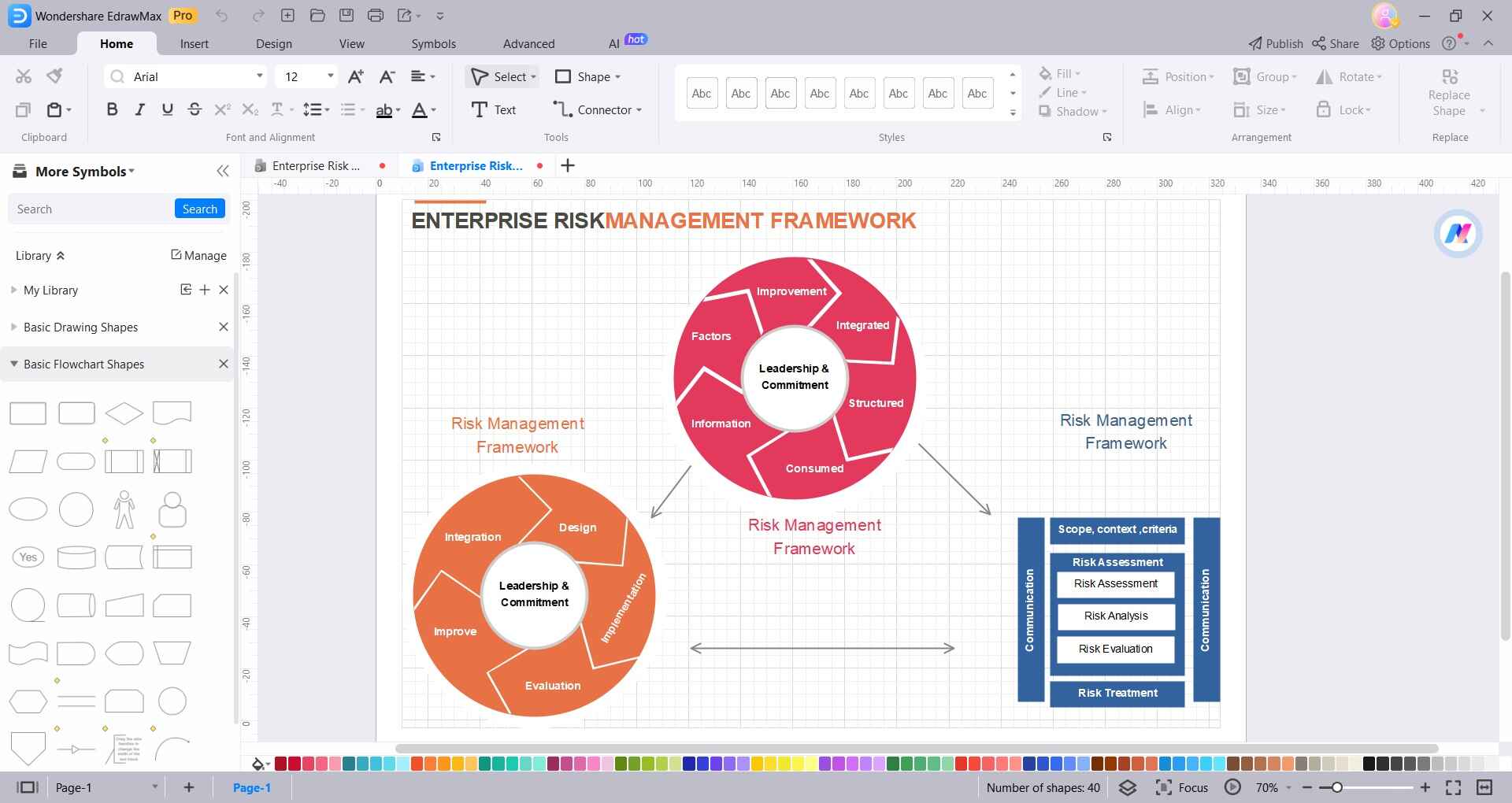
Step 3: From the left sidebar, use connecting lines and arrows to link related shapes and show process flows.
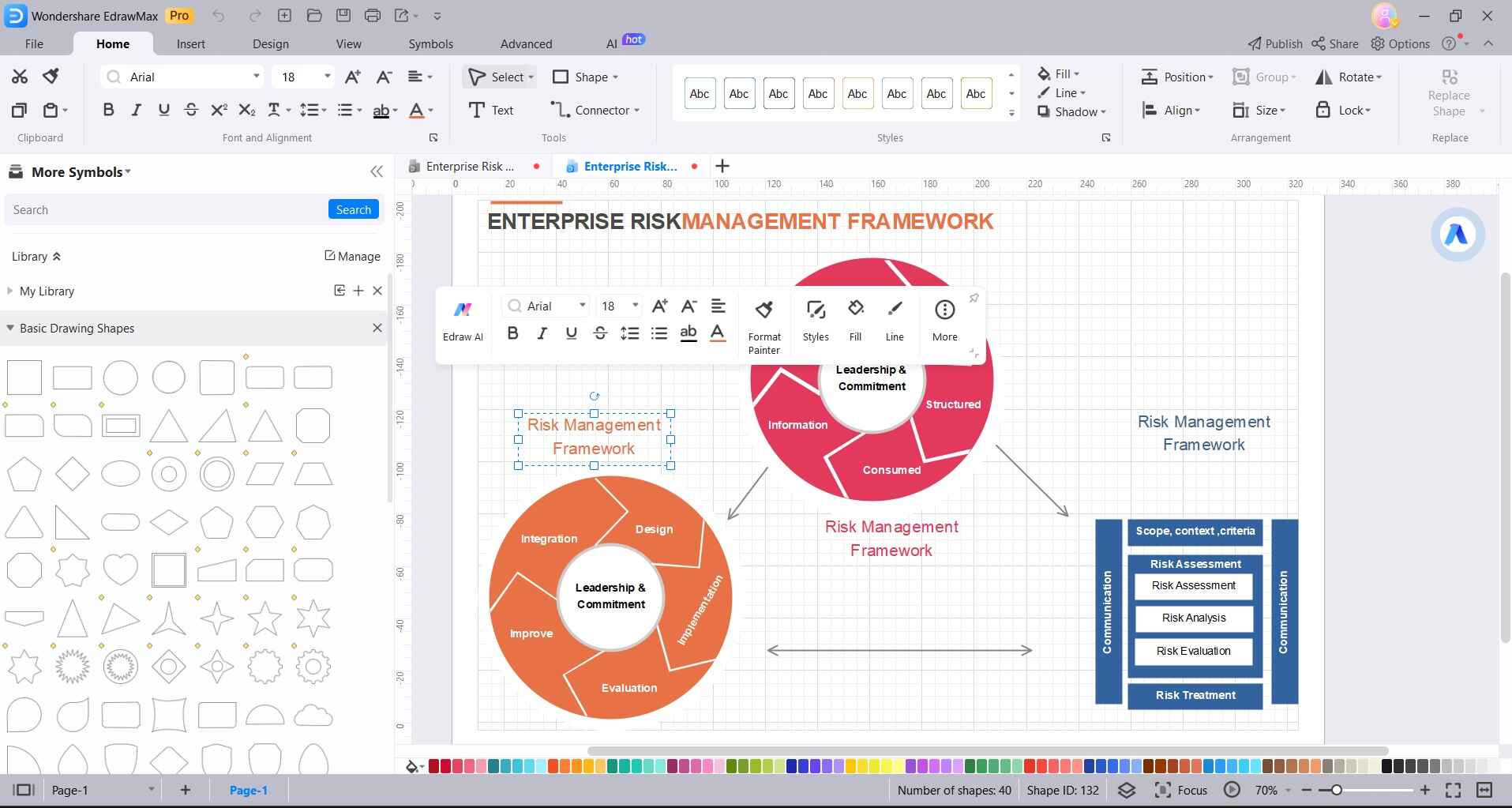
Step 4: Apply colors, styles, and visual effects to emphasize important aspects. Add images if desired to make the diagram more visually engaging.
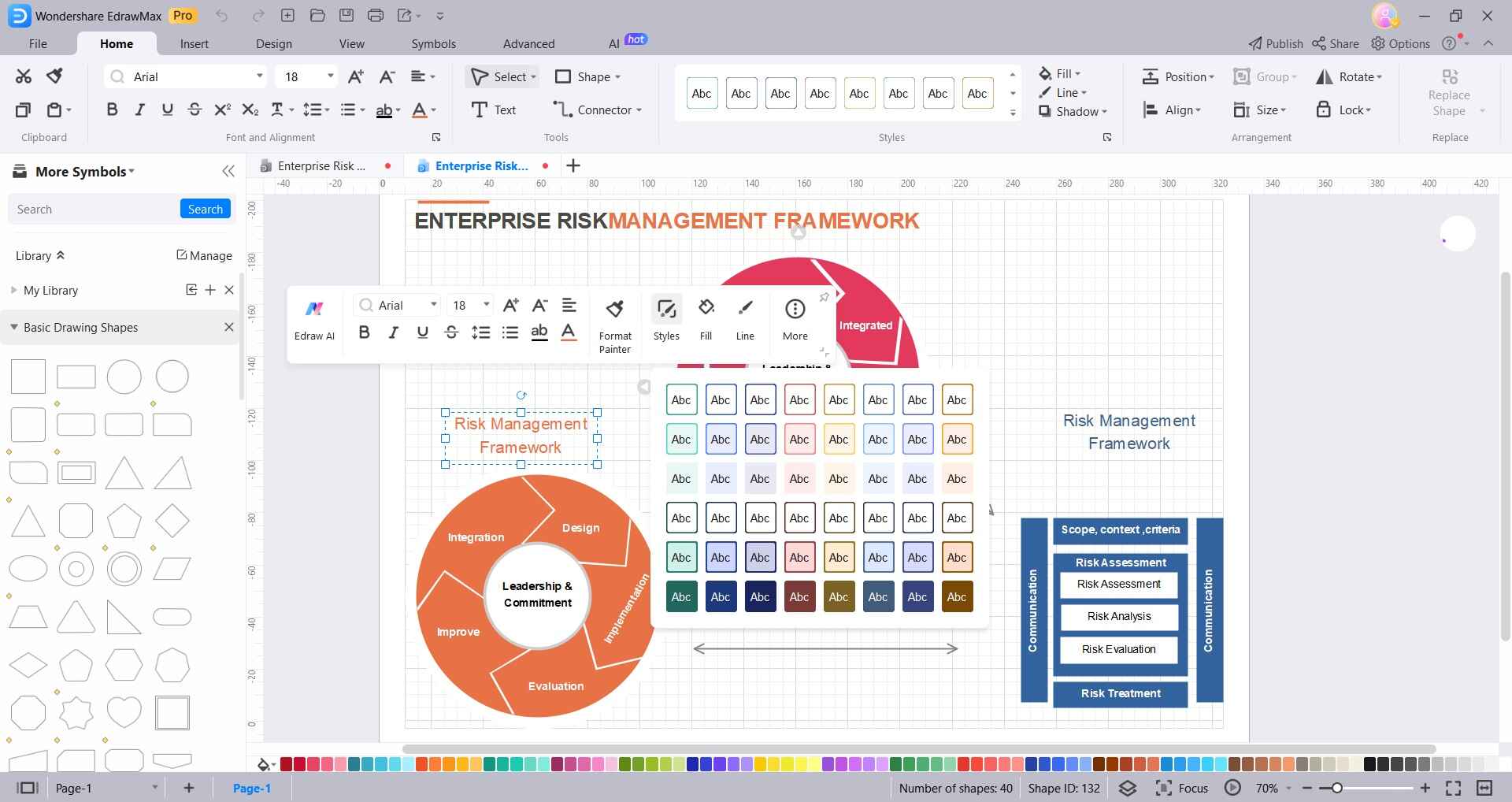
Step 5: Review and make any final tweaks to create a clear, understandable ERM diagram. Navigate to File> Save to save the ERM diagram. You can also export the finished ERM diagram in your preferred file format - PNG, JPG, PDF, etc.

With its huge shape library and intuitive interface, EdrawMax makes it easy for anyone to create professional-quality ERM diagrams to improve risk management processes.
Conclusion
Effective enterprise risk management is critical for organizations to anticipate and mitigate threats in today's risky landscape. A robust enterprise risk framework requires integrated processes for assessment, monitoring, and strategic planning, as well as a risk-aware culture.
Visual tools like EdrawMax empower risk teams to clearly communicate complex programs through engaging diagrams and models aligned to industry best practices. With the right framework and perspectives, organizations can feel confident tackling the challenges ahead.

